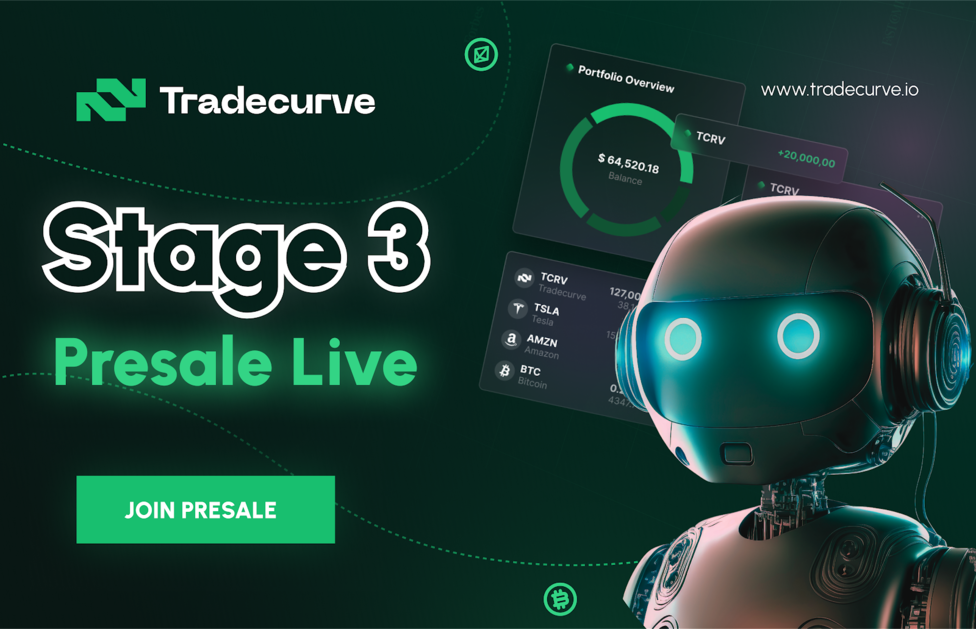Revolutionizing Bitcoin Adoption: Lightspark’s User-Friendly Approach to the Lightning Network

“Crypto winter” may have set in, but Lightspark aims to bring a new era of innovation to the world of Bitcoin.
In the latest episode of The Verge’s “Decoder with Nilay Patel” podcast, Alex Heath interviewed David Marcus, co-founder and CEO of Bitcoin startup Lightspark. The conversation touched on the current state of the crypto industry, the unique opportunities offered by Bitcoin and the Lightning Network, and how Lightspark intends to simplify access to the network for developers and businesses.
Marcus, a veteran of the crypto industry, has been through at least three crypto winters. He stated that the current one differs from previous downturns because of the expanded size of the industry, affecting more people, companies and investors. As the stakes have increased, so has the need for valuable solutions to real-world problems.
When asked about his transition from working on Facebook’s stablecoin project Libra to focusing on Bitcoin with Lightspark, Marcus emphasized the importance of an open, interoperable protocol for money on the internet. In his view, Bitcoin is the only network that satisfies this requirement. With its robust, battle-tested infrastructure and lack of central control, Bitcoin offers a truly decentralized solution for digital money.
Lightspark is built on the Lightning Network, a Layer 2 payment protocol for Bitcoin. The Lightning Network enables near real-time transactions, is highly scalable and offers privacy features that set it apart from Bitcoin’s Layer 1. Marcus explained that while the Lightning Network is powerful, it is also very complex and presents a barrier to entry for many users.
This complexity is where Lightspark comes in. The startup aims to simplify the process of using the Lightning Network by offering an enterprise-class entry point. This will enable developers and platforms worldwide to take advantage of a real-time global payment network easily and quickly.
With a business model similar to AWS or other SaaS cloud-based businesses, Lightspark charges a small fee for transactions made through the platform. On a large scale, this amounts to approximately 15 basis points without a fixed minimum charge. The startup targets developers, wallets, exchanges and OTC players, with a focus on empowering developers to build new and innovative experiences.
A concept that Marcus is particularly excited about is “flowing money”. Streaming money involves sending small amounts of money, even fractions of a cent, in real time over the network. This can enable new monetization opportunities for creators and innovative payment models. Combined with the low transaction costs and global accessibility offered by the Lightning Network, streaming money could potentially revolutionize how people shop online.
During the interview, Marcus also shared insights into his time at Facebook and the challenges facing the Libra project. He noted that the team explored using the Lightning Network in the early days of Libra, but at the time it was not mature enough to meet their needs. The primary problem with using Bitcoin as a transactional asset without a real-time settlement network, according to Marcus, was its volatility, which made it a poor medium of exchange.
However, as the Lightning Network has evolved, it has become a more viable solution for real-time transactions. This development led Marcus to build Lightspark on top of the Lightning Network, offering an enterprise solution for developers and platforms looking to harness the power of Bitcoin for their projects.
Marcus also addressed privacy concerns surrounding the Lightning Network. While transactions on the network are not visible on-chain like Bitcoin, Marcus argues that this is a feature rather than a drawback. The privacy offered by the Lightning Network is similar to that of existing payment networks, providing benefits for both merchants and consumers who may not want their transaction history publicly available.
As Lightspark prepares to launch its platform, it hopes to encourage innovation and the development of new payment experiences built on Bitcoin’s decentralized, fast and secure foundation and the Lightning Network. Marcus envisions a future where instant micropayments and the flow of money open up new opportunities for both companies and individuals. By lowering the barrier to entry for those looking to engage with the Lightning Network, Lightspark aims to make Bitcoin-based transactions more accessible and convenient for a wide range of applications.
In addition to the flow of money, other use cases for the Lightning Network include cross-border transfers, enabling faster and cheaper transfers than traditional banking systems. By offering a secure and frictionless way to transact, the Lightning Network has the potential to revolutionize money transfer markets and bring financial inclusion to millions of people around the world.
Another potential application of the Lightning Network and Lightspark’s platform is the Internet of Things (IoT). As more devices become connected and able to communicate with each other, the need for seamless, affordable and real-time microtransactions will only increase. By facilitating these transactions, Lightspark’s platform can enable new business models and improve the functionality of IoT devices.
Marcus also touched on the role of non-fungible tokens (NFTs) in the current crypto landscape. While acknowledging the growing popularity of NFTs, he expressed his belief that the Bitcoin ecosystem has the potential to provide a more robust and sustainable solution for creators and collectors. By leveraging the Lightning Network and Lightspark’s platform, NFT marketplaces can benefit from lower transaction fees, faster transactions and improved privacy, improving the overall user experience.
As the crypto industry matures, startups like Lightspark are working to unlock the full potential of existing networks like Bitcoin and the Lightning Network. By making these technologies more accessible and user-friendly, they aim to drive adoption, promote innovation and create a more open, decentralized and secure digital economy.
By embracing the challenges presented by the current crypto winter, Lightspark hopes to usher in a new era of growth and development for the Bitcoin world. With the support of the global developer community and the continued maturation of the Lightning Network, the company is poised to play a significant role in shaping the future of digital payments and online transactions.


















:quality(70):focal(981x532:991x542)/cloudfront-eu-central-1.images.arcpublishing.com/businessoffashion/OKS3UYRUYVBQRKDSGP37PBLVJY.jpg)






